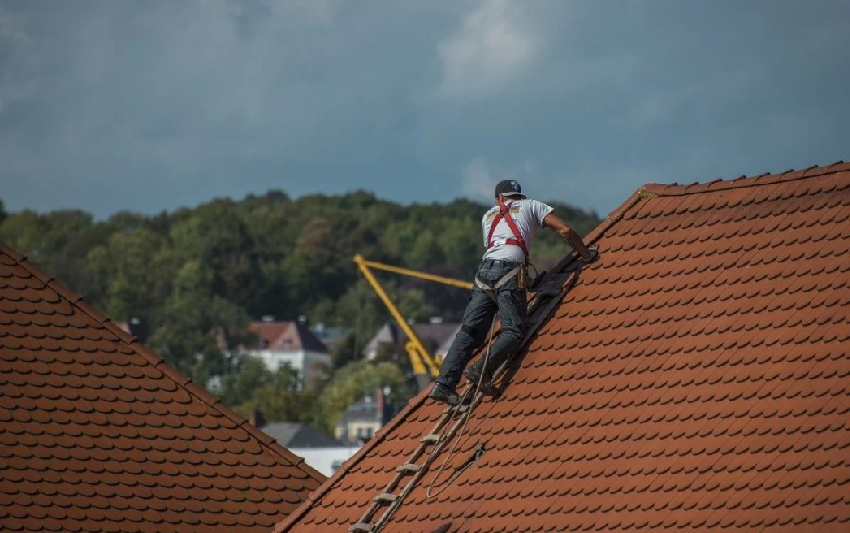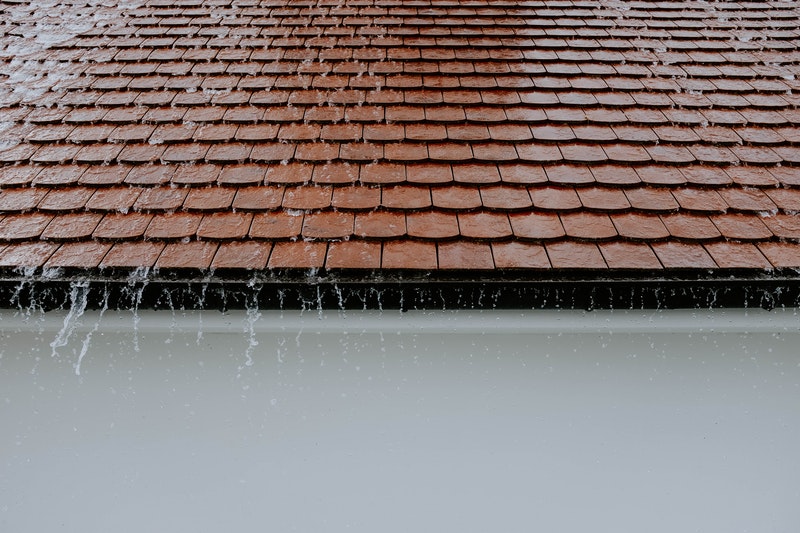Regarding residential roofing, the fall season presents unique challenges and opportunities. As the weather turns cooler, homeowners must consider how attic ventilation plays a crucial role in maintaining the performance and longevity of their roofing system. Learn about the significance of attic ventilation during the fall season and its impact on residential roofing. Whether you’re a seasoned homeowner or a roofing professional looking to enhance your understanding, you can become equipped with the knowledge needed to protect your investment and ensure your roofing system performs at its best during the autumn months and beyond.
What Is Attic Ventilation?
Attic ventilation refers to the exchange of air within the attic space of a home. It typically involves the intake of fresh, cooler air through intake vents, such as soffit vents or roof vents, and the expulsion of hot, moist air through exhaust vents, like ridge vents or gable vents.
Why Is Attic Ventilation Important?
Proper attic ventilation is essential year-round but becomes particularly crucial in the fall. It serves several key purposes:
- Temperature Regulation: Attic ventilation helps regulate temperatures in the attic space, preventing it from becoming excessively hot during the warmer months and reducing heat loss during the colder months.
- Moisture Control: Effective ventilation helps prevent moisture buildup in the attic, leading to mould growth, wood rot, and damage to insulation and roof decking.
- Ice Dam Prevention: In the fall and winter, attic ventilation helps prevent the formation of ice dams by maintaining consistent roof temperatures. Ice dams can cause roof leaks and damage to roofing materials.
- Energy Efficiency: Proper attic ventilation can enhance the overall energy efficiency of a home by reducing the strain on heating and cooling systems.
Fall-Specific Challenges for Residential Roofing
Fall challenges residential roofing, making attic ventilation even more critical this season.
- Leaf Accumulation: Falling leaves can accumulate on the roof, especially in homes surrounded by trees. If not cleared promptly, leaves can trap moisture, promote mould growth, and add unnecessary weight to the roofing structure.
- Gutter Clogs: Leaves and debris from surrounding trees can clog gutters, overflowing water onto the roof. This excess moisture can damage roofing materials and reduce their lifespan.
- Temperature Fluctuations: Fall is a season of temperature fluctuations, with cool nights and warm days. These variations can lead to condensation in the attic if not adequately ventilated, potentially causing mould and rot.
- Ice Dams: As temperatures drop, the risk of ice dam formation increases. Ice dams occur when warm air from the attic melts snow on the roof, refreezing at the eaves. Proper attic ventilation can help prevent this problem.
Signs of Inadequate Attic Ventilation
Recognizing the signs of inadequate attic ventilation is essential to address any problems promptly. Look out for the following indicators:
- Excessive Heat in the Attic: If your attic feels excessively hot on warm fall days, it may indicate poor ventilation. High attic temperatures can damage roofing materials and contribute to energy inefficiency.
- Mould or Mildew Growth: The presence of mould or mildew in the attic is a clear sign of moisture buildup, often caused by inadequate ventilation.
- Ice Dams: If you notice the formation of ice dams on your roof or icicles hanging from the eaves, it’s a strong indication of improper attic ventilation.
- High Energy Bills: A poorly ventilated attic can lead to higher energy bills as your heating and cooling systems struggle to maintain consistent temperatures.
The Fall Maintenance Checklist for Attic Ventilation
To ensure your residential roofing system performs optimally during the fall season, follow this comprehensive maintenance checklist for attic ventilation:
- Inspect Vents: Check all attic vents, including soffit vents, ridge vents, gable vents, and roof vents, for signs of damage or blockage. Clear away debris and ensure vents are clean and free of obstructions.
- Seal Leaks: Inspect the attic for gaps or cracks that may allow unconditioned air or conditioned air to escape. Seal these leaks to maintain temperature consistency.
- Evaluate Insulation: Ensure that insulation in the attic is installed correctly and is not blocking airflow from soffit vents. Consult with a professional to address any insulation issues.
- Clean Gutters: Regularly clean gutters and downspouts to prevent leaf and debris buildup, which can lead to water damage and hinder attic ventilation.
- Monitor Moisture: Use a moisture meter to monitor the humidity levels in the attic. If humidity is consistently high, consider installing a dehumidifier to control moisture.
- Consider Professional Inspection: It’s advisable to have your attic ventilation system inspected by a professional roofing contractor. They have the ability to pinpoint any problems and suggest suitable remedies.
Upgrading Attic Ventilation
In some cases, upgrading your attic ventilation system may be necessary to ensure optimal fall roofing performance.
- Add More Vents: If you have inadequate ventilation, consider adding more vents to improve airflow. Ridge vents, gable vents, and solar-powered attic fans are popular options.
- Upgrade Insulation: Upgrading insulation can enhance energy efficiency and prevent temperature fluctuations in the attic.
- Install a Vapour Barrier: If your attic is prone to moisture problems, consider installing a vapour barrier to prevent condensation and moisture buildup.
- Consult a Professional: When in doubt, consult a professional roofing contractor or attic ventilation specialist. They can assess your specific needs and recommend the most suitable upgrades.
Benefits of Proper Attic Ventilation
Investing in proper attic ventilation during the fall season offers numerous benefits for homeowners and residential roofing systems:
- Extended Roof Lifespan: Proper ventilation helps prevent premature aging of roofing materials, prolonging the life of your roof.
- Energy Savings: Improved attic ventilation can save energy by reducing the workload on your heating and cooling systems.
- Reduced Maintenance Costs: By addressing ventilation issues proactively, you can avoid costly repairs associated with moisture damage, mould growth, and ice dams.
- Enhanced Comfort: Maintaining consistent temperatures in the attic contributes to a more comfortable living environment year-round.
Proper attic ventilation is vital in maintaining roofing performance, preventing moisture-related issues, and ensuring energy efficiency. Homeowners can protect their roofing investments and enjoy a comfortable and efficient living environment during the fall and beyond by understanding the importance of attic ventilation, recognizing signs of inadequate airflow, and following a comprehensive maintenance checklist. Remember that when it comes to attic ventilation and roofing maintenance, proactive measures are the key to preventing costly problems. When necessary, regular inspections, cleaning, and upgrades can help make the most of a residential roofing system and ensure its performance throughout the changing seasons.




